May 17, 2025 | 14:17 GMT +7
May 17, 2025 | 14:17 GMT +7
Hotline: 0913.378.918
May 17, 2025 | 14:17 GMT +7
Hotline: 0913.378.918
In the context of soaring input material costs, increasingly degraded soils caused by continuous cultivation, and complicated climate change, the soybean crop rotation model is emerging as an effective direction for sustainable agricultural production.
According to the Institute of Agricultural Science for Southern Vietnam (IASVN), soybean plants are capable of biological nitrogen fixation through symbiosis with Rhizobium bacteria in root nodules. They average 94 kg of nitrogen/ha/crop (equivalent to 200 kg of urea) and potentially reach up to 168 kg under favorable conditions. As a result, the amount of chemical fertilizer used for both the soybean crop and subsequent crops is significantly reduced, addressing one of the largest cost burdens currently faced by farmers.
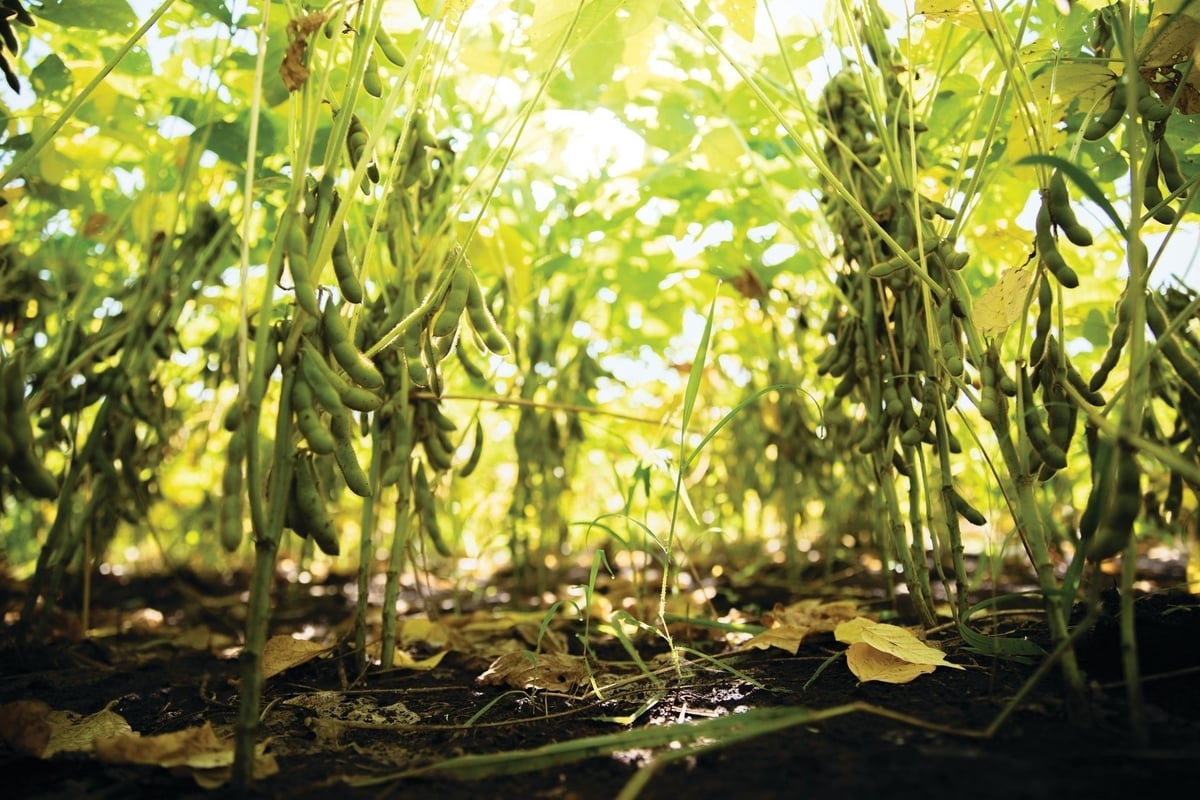
Rotating soybeans with other crops helps reduce costs, increase yields, and improve soil quality.
Beyond saving on fertilizers, soybeans, with their deep, extensive root systems and well-branched structure, can also absorb residual nutrients such as phosphorus and potassium from deeper soil layers, minimizing nutrient loss and leaching into the environment. Furthermore, the interaction between soybean roots and beneficial microorganisms helps enhance the decomposition of organic matter, converting nutrients into forms that are more readily absorbed by subsequent crops.
Rotating soybeans with other crops also significantly affects soil nutrients and disrupts the life cycles of pests and disease pathogens, thereby reducing the usage of pesticides. Many farmers report that after a soybean crop, their subsequent crop experiences fewer pest and weed problems, achieves higher yields, and reduces about 30% of fertilizer costs, which means reducing adverse environmental impacts.
In addition to researching and producing soy-based products, Vietnam Soya Products Company (Vinasoy) is a pioneer in promoting the soybean crop rotation model in raw material areas through the Vinasoy Soybean Application Research Center (VSAC). Vinasoy invests in seed research, provides cultivation guidance, supports mechanization, and offers guaranteed consumption. These efforts gradually restore and enhance the value of soybeans in sustainable agricultural production.

In Cu Jut district (Dak Nong province), the soybean–peanut/corn–sweet potato crop rotation model has achieved notably positive results.
According to monitoring data from Nam Dong Soybean Production Cooperative over 3 years from 2022 to 2024, farmer households applying this model have achieved average revenues ranging from 250 to 400 million VND/ha/year. The 3-crop rotation model here yields the highest economic efficiency and is increasingly favored by local farmers.
Beyond providing a high-quality protein source for humans, soybeans play a key role in soil improvement and disrupting pest cycles for subsequent crops. This role helps increase yields in crops following soybeans, reduce costs on fertilizers and pesticides, and significantly improve soil quality.
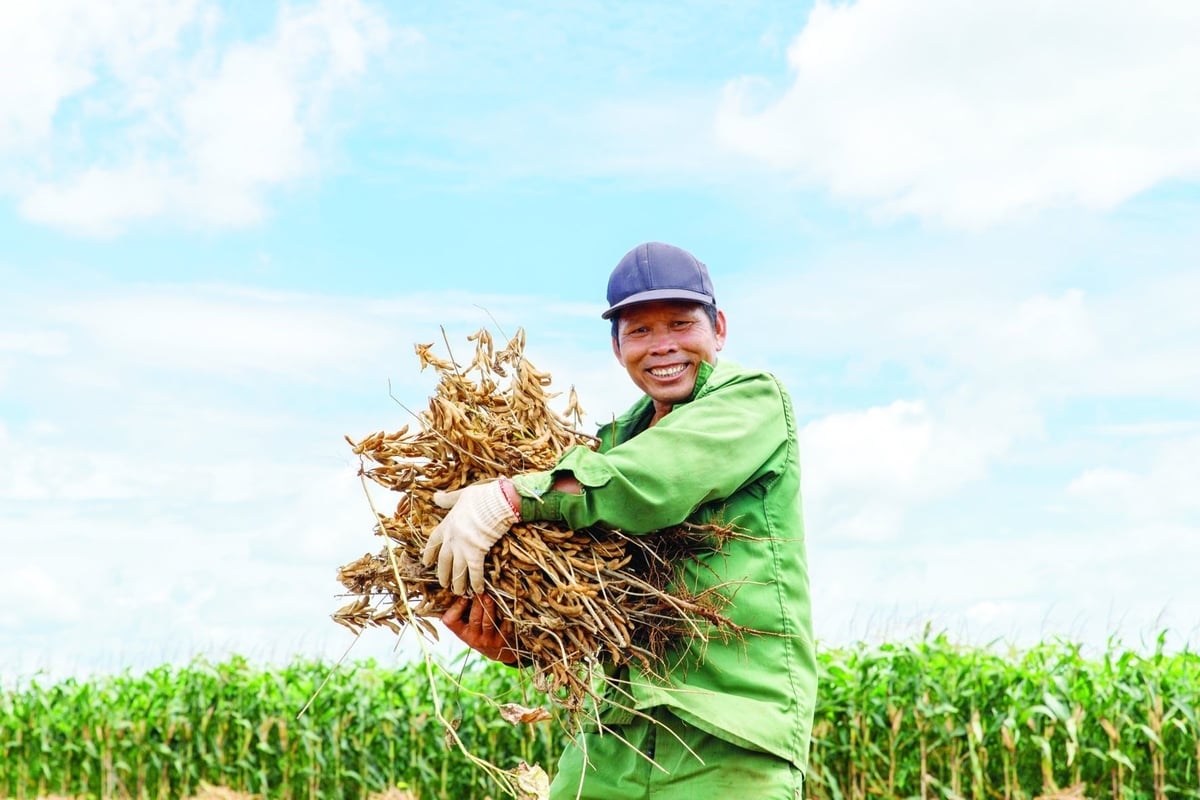
Beyond providing a high-quality protein source for humans, soybeans also help improve soil health.
A standout in this region is the Nam Dong Soybean Production Cooperative, a typical model in the Central Highlands. The Cooperative plays a pivotal role in organizing production, coordinating quality control, supporting farmers in accessing agricultural policies, and working toward certifications such as IP (Identity Preservation) and VietGAP. These efforts aim to enhance the value of agricultural products and meet the market's increasingly strict traceability requirements.
Notably, under the Cooperative's operations, the 3-Ton Farmer Club was established, gathering farmer households achieving soybean yields of over 3 tons/ha, which is a result of applying new varieties and advanced cultivation techniques transferred by Vinasoy.
Mr. Pham Van Duan, a member of the Cooperative, shared, “Previously, farming was done spontaneously, leading to soil degradation, increased pests and diseases, and rising costs. Since introducing soybeans into the crop rotation, the soil has become more porous, subsequent crops like peanuts have grown significantly better, and costs have decreased markedly.”
The soybean crop rotation model has proven effective not only in the Central Highlands but also in the Red River Delta (Hanoi, Vinh Phuc) and is currently being piloted in the Mekong Delta (Vinh Long, An Giang) in the direction of “2 rice - 1 soybean.” As an upland crop, soybeans are grown between two rice crops (dry–wet rotation), helping save water, suppress weeds, break the pest and disease cycle for rice, and at the same time improve soil quality, increase organic matter, and enhance soil porosity.
In the Red River Delta, soybean crop rotation in the winter crop optimizes land use, reduces the pressure of continuous rice cultivation, and enhances soil quality. Instead of burning rice straw, which causes environmental pollution, farmers now use it to mulch the fields when sowing soybeans. This practice helps retain moisture, reduce weeds, and support plant development. After each soybean harvest, the stems, leaves, and pods, along with remaining rice straw, are used as organic fertilizer, contributing to soil improvement.
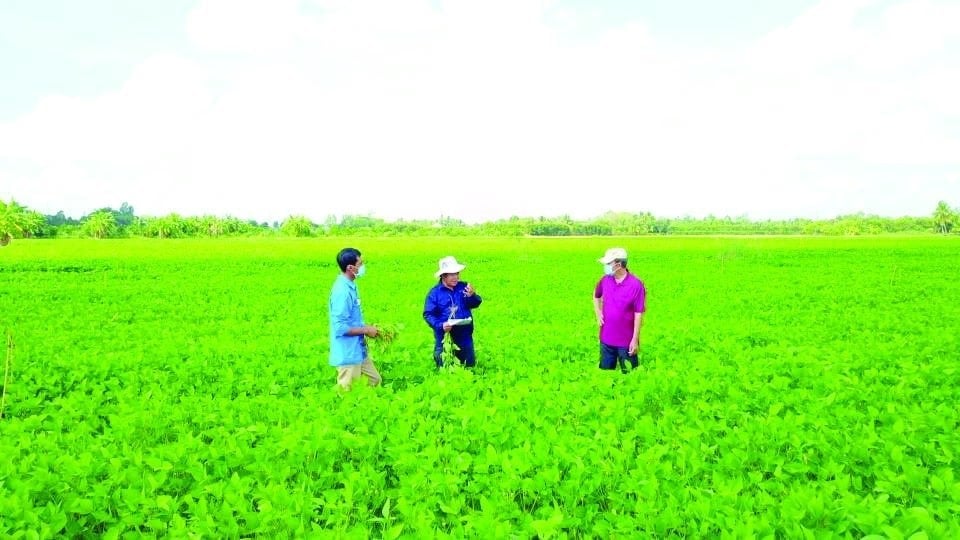
Crop rotation models involving soybeans not only bring economic benefits but also contribute to environmental protection. Photo: Ngoc Nam.
Mr. Le Hoang Duy, Director of the VSAC, affirmed, “We believe that soybeans play a vital role in the sustainable agricultural ecosystem. Soybean crop rotation is not merely a technical farming solution but also part of Vinasoy’s long-term ESG strategy, accompanying farmers in protecting soil resources, enhancing the value of agricultural products, and adapting to climate change.”
In practice, crop rotation models involving soybeans not only bring economic benefits but also contribute to environmental protection, reduced input costs, higher yields, and increased value of subsequent crops. This serves as a solid foundation for Vinasoy and farmers to aim at an efficient, environmentally friendly, and sustainable agriculture.
Translated by Thu Huyen
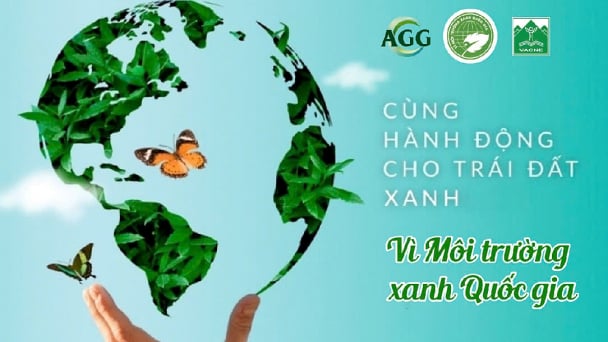
(VAN) The 'For a Green National Environment' programme aims to promote a green lifestyle, support businesses in implementing ESG practices, and turn Net Zero commitments into concrete actions.
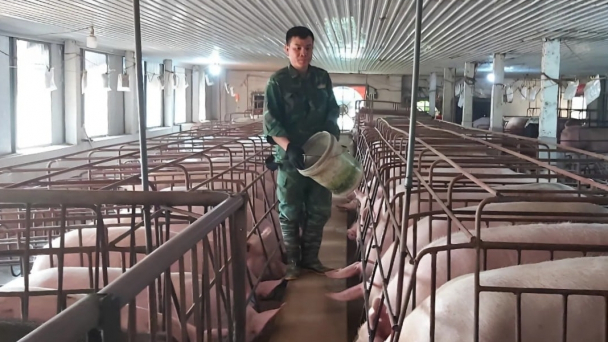
(VAN) Cold-barn systems efficiently manage environmental and temperature conditions, which aids in the prevention of respiratory diseases in pigs and protects them from the vectors that transmit African swine fevers.
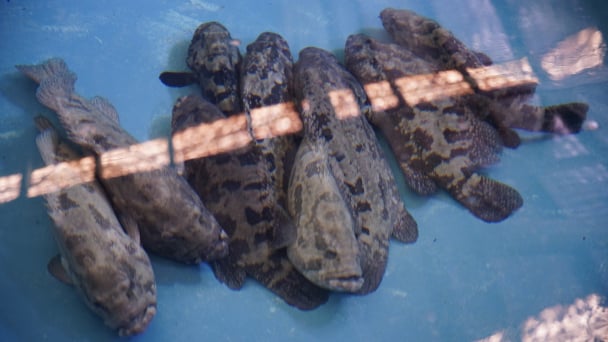
(VAN) To tackle challenges, the project 'Addressing key technical bottlenecks in the grouper supply chain in Vietnam' has been underway since 2024.
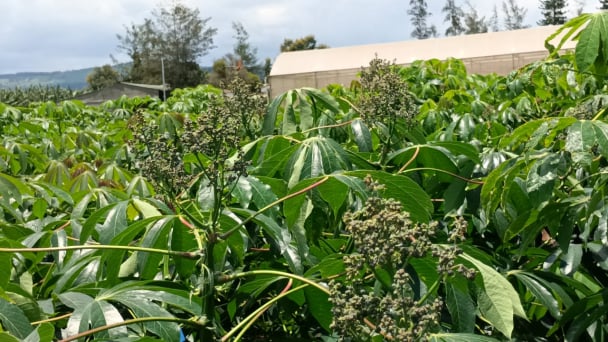
(VAN) The project 'Disease-Resilient and Sustainable Cassava Production Systems in the Mekong Region', funded by the Australian Center for International Agricultural Research (ACIAR), is being implemented from 2024 to 2028.
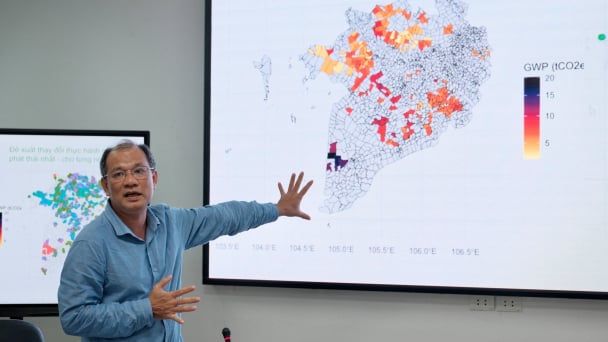
(VAN) Data from 10,000 farming households will help professionalize production organization and support the implementation of the One Million Hectares Program for High-Quality, Low-Emission Rice Cultivation.
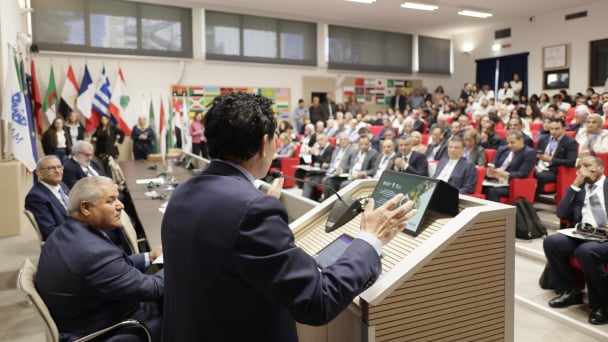
(VAN) FAO Director-General QU Dongyu marks International Day of Plant Health at NENA conference.